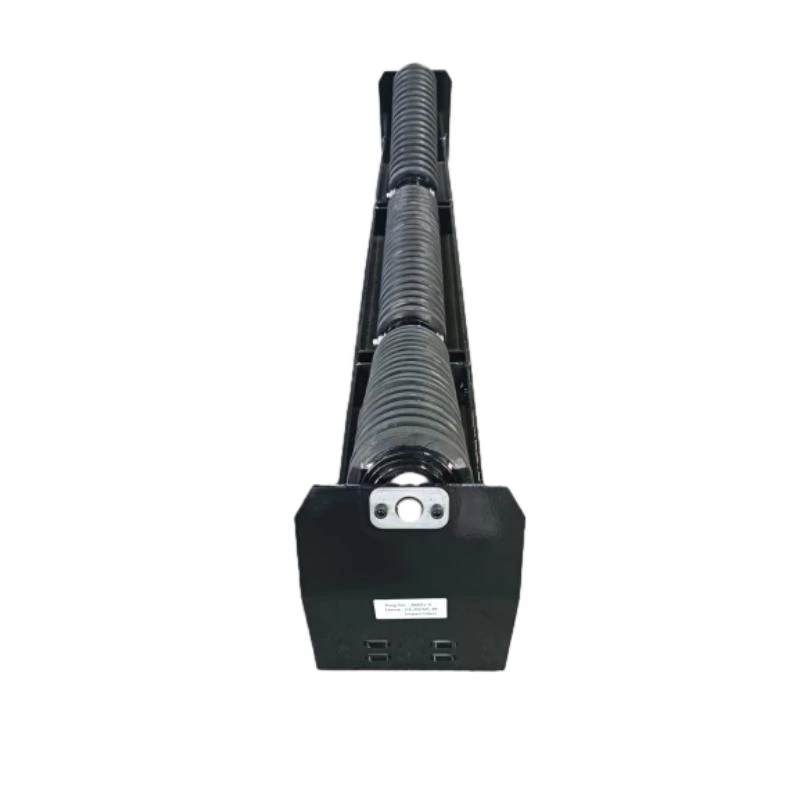 Afrikaans
Afrikaans  Albanian
Albanian  Amharic
Amharic  Arabic
Arabic  Armenian
Armenian  Azerbaijani
Azerbaijani  Basque
Basque  Belarusian
Belarusian  Bengali
Bengali  Bosnian
Bosnian  Bulgarian
Bulgarian  Catalan
Catalan  Cebuano
Cebuano  Corsican
Corsican  Croatian
Croatian  Czech
Czech  Danish
Danish  Dutch
Dutch  English
English  Esperanto
Esperanto  Estonian
Estonian  Finnish
Finnish  French
French  Frisian
Frisian  Galician
Galician  Georgian
Georgian  German
German  Greek
Greek  Gujarati
Gujarati  Haitian Creole
Haitian Creole  hausa
hausa  hawaiian
hawaiian  Hebrew
Hebrew  Hindi
Hindi  Miao
Miao  Hungarian
Hungarian  Icelandic
Icelandic  igbo
igbo  Indonesian
Indonesian  irish
irish  Italian
Italian  Japanese
Japanese  Javanese
Javanese  Kannada
Kannada  kazakh
kazakh  Khmer
Khmer  Rwandese
Rwandese  Korean
Korean  Kurdish
Kurdish  Kyrgyz
Kyrgyz  Lao
Lao  Latin
Latin  Latvian
Latvian  Lithuanian
Lithuanian  Luxembourgish
Luxembourgish  Macedonian
Macedonian  Malgashi
Malgashi  Malay
Malay  Malayalam
Malayalam  Maltese
Maltese  Maori
Maori  Marathi
Marathi  Mongolian
Mongolian  Myanmar
Myanmar  Nepali
Nepali  Norwegian
Norwegian  Norwegian
Norwegian  Occitan
Occitan  Pashto
Pashto  Persian
Persian  Polish
Polish  Portuguese
Portuguese  Punjabi
Punjabi  Romanian
Romanian  Russian
Russian  Samoan
Samoan  Scottish Gaelic
Scottish Gaelic  Serbian
Serbian  Sesotho
Sesotho  Shona
Shona  Sindhi
Sindhi  Sinhala
Sinhala  Slovak
Slovak  Slovenian
Slovenian  Somali
Somali  Spanish
Spanish  Sundanese
Sundanese  Swahili
Swahili  Swedish
Swedish  Tagalog
Tagalog  Tajik
Tajik  Tamil
Tamil  Tatar
Tatar  Telugu
Telugu  Thai
Thai  Turkish
Turkish  Turkmen
Turkmen  Ukrainian
Ukrainian  Urdu
Urdu  Uighur
Uighur  Uzbek
Uzbek  Vietnamese
Vietnamese  Welsh
Welsh  Bantu
Bantu  Yiddish
Yiddish  Yoruba
Yoruba  Zulu
Zulu belt conveyor idler design
Design Considerations for Belt Conveyor Idlers
Belt conveyor systems are essential in a variety of industries, serving as a primary method for transporting bulk materials across different distances. A critical component of these systems is the conveyor idler. The idler's design plays a significant role in the efficiency, durability, and performance of the entire conveyor system. This article delves into the key considerations for designing effective belt conveyor idlers.
Understanding Conveyor Idlers
Conveyor idlers are cylindrical rollers that support the conveyor belt and its load while allowing it to move smoothly over the pulley system. They come in various configurations and materials, tailored to specific applications and environments. The primary functions of idlers include supporting the belt, maintaining belt alignment, and minimizing friction, which can lead to increased wear over time.
Factors Influencing Idler Design
1. Load Capacity The first and foremost consideration in the design of a conveyor idler is its load capacity. It’s essential to select idlers that can handle the maximum load anticipated in operation. This involves calculating the weight of the material being transported, considering dynamic loads during operation, and ensuring that the idler's material and dimensions can accommodate these pressures.
2. Roller Material The material used for constructing idlers significantly affects their durability and performance. Common materials include steel, plastic, and rubber. Steel is often chosen for heavy-duty applications due to its strength, while plastic idlers may be used in lighter applications where corrosion resistance is critical. Additionally, the choice of material directly influences the friction coefficient and overall maintenance requirements.
belt conveyor idler design

3. Idler Configuration Idlers are available in various configurations, such as flat, troughing, and return idlers. Troughing idlers, for instance, help in containing the material and minimizes spillage, while return idlers support the belt on its return journey. The design must account for the specifics of the material being conveyed and the desired conveying angle.
4. Spacing and Alignment Proper spacing between idlers is crucial for maintaining belt support and reducing sagging. Too much distance can lead to belt misalignment, increasing wear and the risk of damage. Designers must calculate the optimal spacing based on the belt width, load, speed, and other operational conditions. Additionally, ensuring that idlers are aligned correctly helps maintain the direction of the belt and prevents unnecessary wear.
5. Environmental Conditions The operating environment can significantly impact idler design. Factors such as exposure to moisture, dust, extreme temperatures, and corrosive materials dictate the choice of materials and protective coatings to use. For instance, in a humid environment, using galvanized or stainless steel may prevent rust and extend the idler's lifespan.
6. Maintenance and Accessibility The design of conveyor idlers should also consider ease of maintenance. Idlers that are difficult to access for repairs or replacements may lead to operational inefficiencies. Incorporating features such as quick-release mechanisms or modular designs can facilitate easier maintenance and reduce downtime.
Conclusion
Designing efficient belt conveyor idlers requires a holistic approach, taking into account several critical factors such as load capacity, material selection, configuration, spacing, environmental conditions, and maintenance. A well-designed idler not only enhances the performance of the conveyor system but also extends its service life, ultimately leading to reduced operational costs.
As industries continue to evolve and require more efficient material handling systems, the importance of belt conveyor idler design will remain paramount. By understanding the intricacies of idler design, engineers and designers can develop systems that meet both current and future demands in material handling. In an age where efficiency and sustainability are increasingly prioritized, investing in well-designed belt conveyor idlers is a step toward achieving operational excellence in material transportation processes.
-
Revolutionizing Conveyor Reliability with Advanced Rubber Lagging PulleysNewsJul.22,2025
-
Powering Precision and Durability with Expert Manufacturers of Conveyor ComponentsNewsJul.22,2025
-
Optimizing Conveyor Systems with Advanced Conveyor AccessoriesNewsJul.22,2025
-
Maximize Conveyor Efficiency with Quality Conveyor Idler PulleysNewsJul.22,2025
-
Future-Proof Your Conveyor System with High-Performance Polyurethane RollerNewsJul.22,2025
-
Driving Efficiency Forward with Quality Idlers and RollersNewsJul.22,2025





























